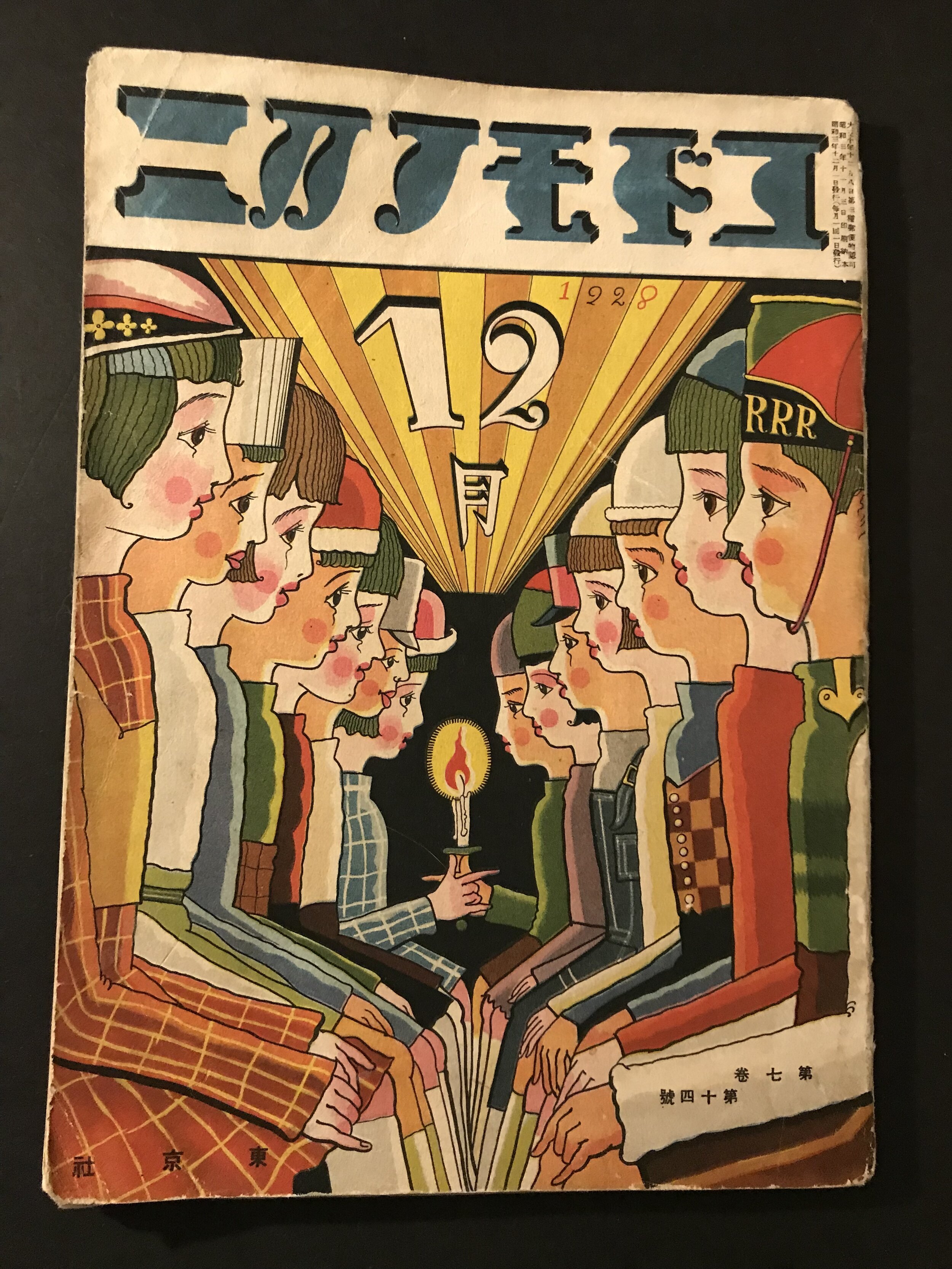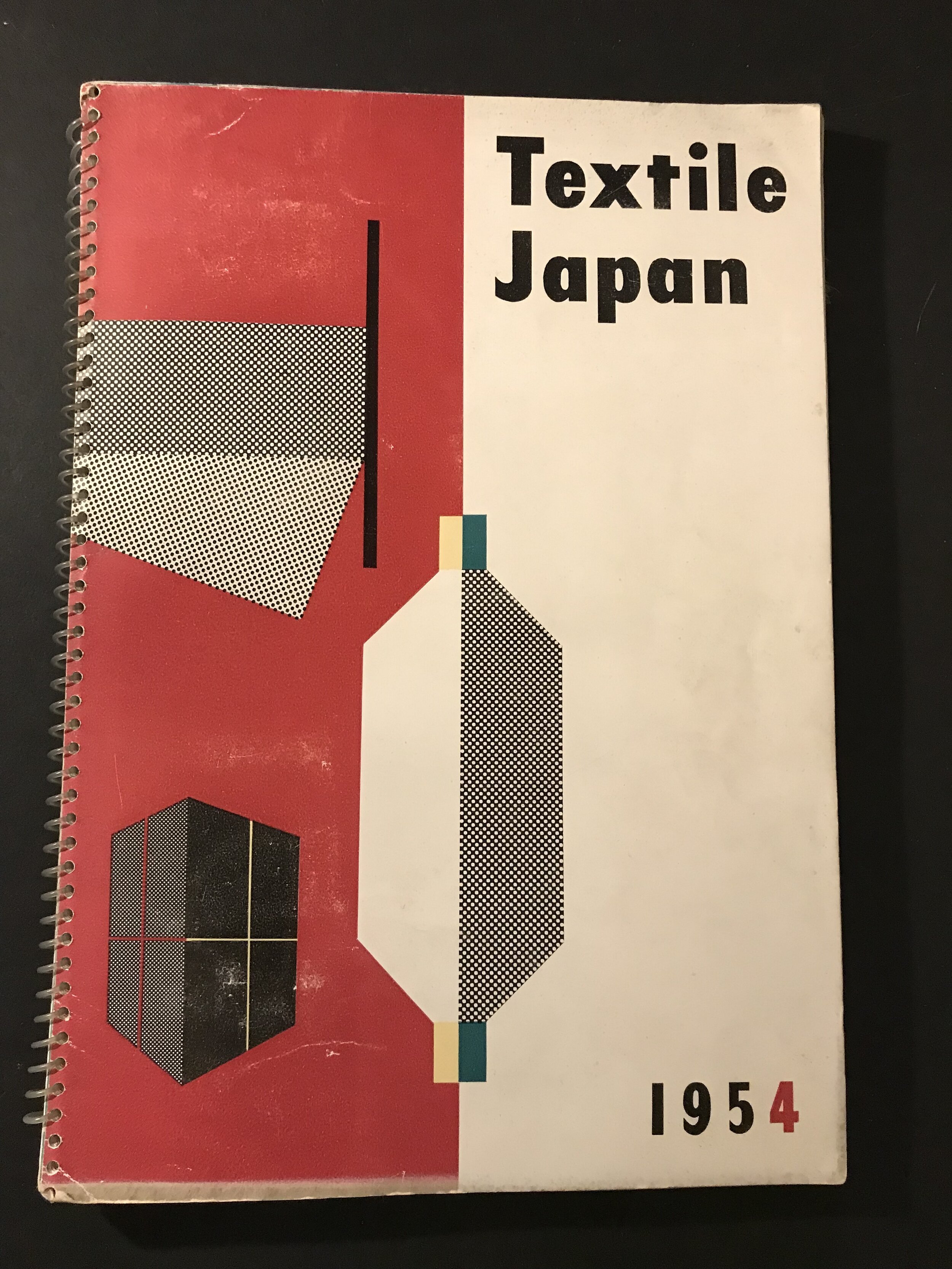Japanese Avant-Garde Books / Interview with Shunsuke Natsui
Exploring a nation’s culture and aesthetics through its design and photography is what moves Japanese Avant-Garde Books, the online project that in less than a year has gathered international appraisal. Lorenzo Ottone chats to its founder and book collector Shunsuke Natsui about studying magic in Africa, exporting old Soviet texts and what makes Japanese books so unique.
Hailing from Hakodate, Hokkaido, Shunsuke Natsui, 39, is a man of the world despite his project holds a dsitinctive Japanese identity. Shunsuke has physically and culturally explored the world, first as a music collector and then as a book lover, always looking to push the boundaries of his knowledge forward. His carefully curated collection and Instagram account, aren’t simply sale platforms but they offer a wonderful and discerning insight into Japan (and not only) past lifestyles and aesthetics.
Lorenzo Ottone: How did the project start and what brought you into vintage books?
Shunsuke Natsui: I had been collecting music even before I started collecting books. I also went to Tanzania in Africa to study music and magic. I am active in books now, but my feeling is almost the same as playing music or looking for vinyl. I'm very doubtful that my performance is good, but I want to believe that I am at a certain level because that enables me to communicate with many friends and customers.
The Instagram was started last July with the goal of posting 1 or 2 posts every day. I started the account to communicate with the world's book lovers. The idea is that people living outside Japan can purchase the books at the Japanese selling price.
LO: What tend to be the dominant themes in the Japanese books you collect and what are the traits making these books so unique and fascinating? They seem to be simultaneously touching on multiple artistic and cultural areas.
SN: My main interest is visual books. Japan's printing technology from the 1960s to the 1970s was at a wonderful standard worldwide. Many prominent overseas artists, such as Warhol and Elsken, requested printing to be done in Japan. Perhaps most people who like Japanese photo books are attracted to this printing technique, and of course I am one of them.
In addition, the Japanese art revolution that began in the 1960s was an epoch-making process for Japanese art history in the twentieth century. Prior to the 1960s it was a stage of learning by imitating Western art under the influence of overseas culture. I think that by the 1960s the imitation had matured, and there were many vivid works of art and designs unique to Japan. In addition to the visual uniqueness and experimentation, the development of skills led to books designed by excellent artists. These elements came together in a medium which is the book. A lot of wonderful books were born by the intertwining of complex elements such as society, technology, and thought. You can think of the 1960s as that singular point where various elements connected.
ANPO Magazine - 1970
LO: In the aftermath of WWII Japanese society was changing. There seemed to be a progressive transition in culture and mores towards Western influences also as highlighted by Yukio Mishima, for example. Do these books capture this exciting phase of transition of Japanese society?
SN: I recognise that Mishima's worries are problems of capital and capital society rather than problems peculiar to Japan. However, it is true that Japanese society and culture have changed significantly after the war.
I was born ten years after the death of Mishima. At that time, Westernisation of Japanese life had already been completed. However, we can see in detail the lost life of pre-war Japan in documentary photography and folklore books. Many books were serious before the war, but after the conflict the number of publications with unique ideas increased due to financial allowance and spread of leisure.
LO: Your project is named Japanese Avant-Garde Books. What makes these publications avant-garde?
SN: The name is simple so that I can communicate with people living overseas. I mainly like the culture of the 1920s and 30s, so I simply added the word avant-garde. The idea is very simple, an [Instagram] account that introduces avant-garde books run by a Japanese person.
Avant-garde is a war term, so it represents a struggle. It's difficult to decide what is avant-garde, but it includes my aim of being avant-garde for my own curiosity. I always want to find new values and expand the unknown domain.
A better name might be Japanese Psychedelic Books.
LO: Do you also focus on non-Japanese publications? You seem to have a thing for former Soviet countries in your collection.
SN: Yes. My main interest is publications from other countries. I collect graphic and picture books, so there aren't many linguistic barriers. I love Soviet constructivist, intellectual, primitive and conflicting energy-filled designs. I'm collecting graphics derived from styles. However, it is very difficult to get books designed by Rodchenko and Lissitzky in Japan, but they are gathering little by little. I participate to Russian auctions, but old Soviet books are protected by law. Licenses are obligatory for sellers to export, so living in Japan I technically can’t buy them. Anyway, I find loopholes in the law and buy them. Of course legally!
LO: Can you list 5 titles from your collection that you would recommend to our readers ?
Kodomo no Kuni (Children Land) - 1928
A magazine for children published in the 1920s. The cover illustration is by Takeo Takei. He is one of the greatest Japanese illustrators who is influenced by constructivism and is able to maintain quality with originality.
Living in Hiroshima - 1947
This is a photo book published shortly after the war by the Hiroshima Tourism Association for overseas audiences, so all texts are in English. This book is about the reconstruction of Hiroshima. My wife is from Hiroshima and is a third-bomb survivor. I’ve heard from her stories of those who are still suffering these days from the effects of the nuclear bomb. My wife . I would like to introduce this book in the hope of peace.
Japan Textile - 1954
This is a sample book made to increase the appeal of Japanese fabrics overseas. It's a shame that I can't show all the pages, but it's a book that well showcases 1950s Japanese modern design.
ONDINE - Eikoh Hosoe, Akira Uuo - 1963
This is a photo book published in 1963 by Genkohsha with a limited edition of 300, in collaboration with Eiko Hosoe's photographs and Akira Uno's drawings. The model was a famous actress named Kyoko Enami. The splendor of the cover is so eloquent that it has fascinated me for many years.
Kohei Yoshiyuki (The Park) - 1980
This is a photo book published in the year when I was born. A classic voyeur photo collection of night parks taken with an infrared camera. It has been reprinted many times in a world-famous photo book.
Explore Japanese Avant-Garde Book’s catalogue and shop here and follow its insightful Instagram account @japaneseavantgardebooks.





![Living_In_Hiroshima_1947[Living in Hiroshima]1947 A photo book published shortly after the war. This is a photobook published by the Hiroshima Tourism Association for overseas, and all texts are in English. This book is about the reconstruction o…](https://images.squarespace-cdn.com/content/v1/5e2334b50aee2d7e8a6db86d/1587982076091-HV6WAML4T504E8IZKD8O/Living_In_Hiroshima_1947%EF%BC%BBLiving+in+Hiroshima%EF%BC%BD1947++++A+photo+book+published+shortly+after+the+war.+This+is+a+photobook+published+by+the+Hiroshima+Tourism+Association+for+overseas%2C+and+all+texts+are+in+English.+This+book+is+about+the+reconstruction+of+Hiroshima.+My+wife+is+from+Hiroshima.+I+hear+from+her+stories+of+those+who+are+still+suffering+from+the+effects+of+the+nuclear+bomb.+My+wife+is+a+third-bomb+survivor.+I+would+like+to+introduce+this+book+in+the+hope+of+peace.)


